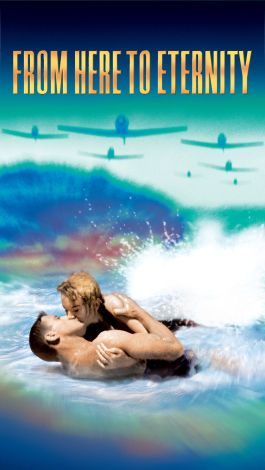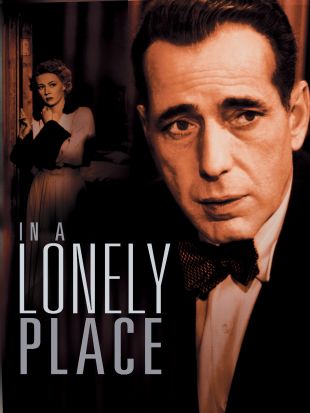Beginning as an assistant cameraman in 1923, American cinematographer Burnett Guffey was put in charge of second-unit lensing for John Ford's 1924 western saga The Iron Horse. The teenaged Guffey handled the assignment with all the finesse of a veteran, but he returned to the assistant ranks as a camera operator in 1928. He was reunited with director Ford on several occasions, notably The Informer (1935), and also worked with Alfred Hitchcock. Guffey was signed as a director of photography by Columbia Pictures in 1944, where he was expected to work on everything from "A"-musicals to "B"-westerns. Among his more lofty achievements at Columbia were The Fighting Guardsman (1945), All the King's Men (1949), In a Lonely Place (1950), and From Here to Eternity (1953), for which he won an Academy Award. His next Oscar came for Warner Bros.' Bonnie and Clyde (1967), wherein Guffey effectively broke from studio-bound traditionalism to produce free-flowing camerawork on a par with the best of the French "nouvelle vague." Burnett Guffey's penultimate project was the testosterone-soaked photography for 1970's The Great White Hope.
Burnett Guffey
Share on


